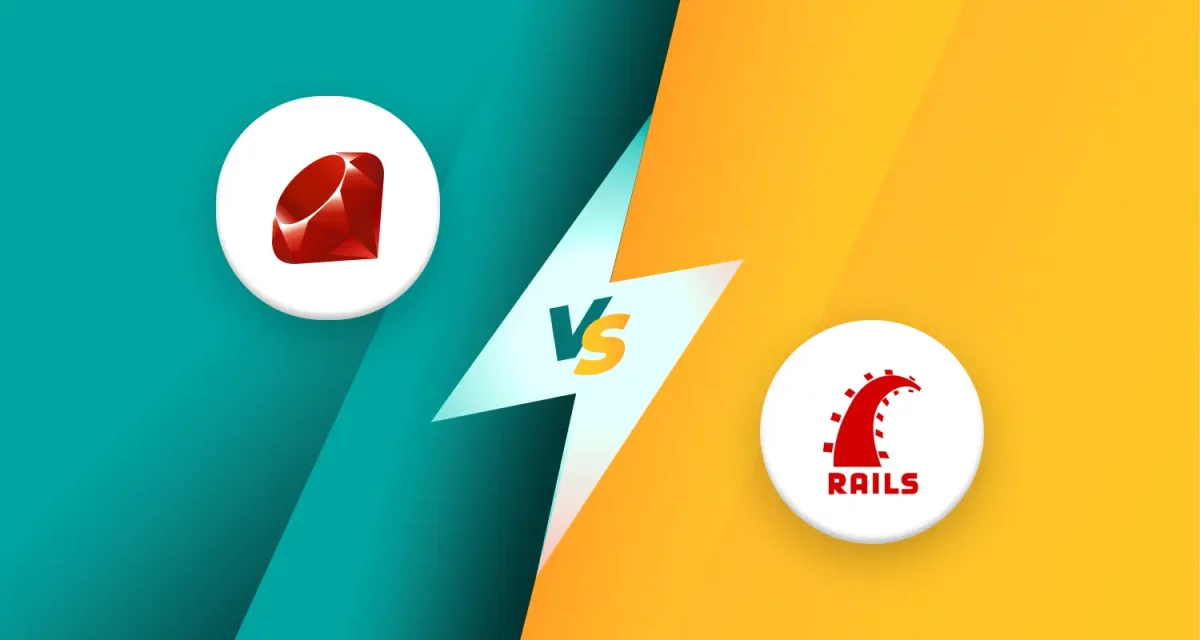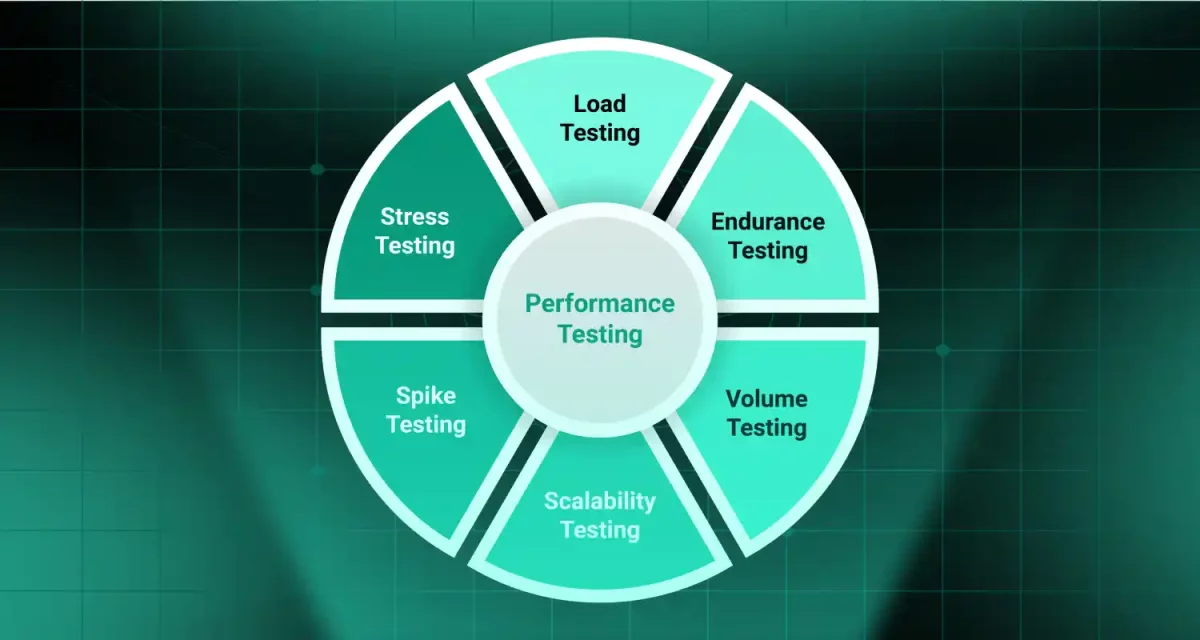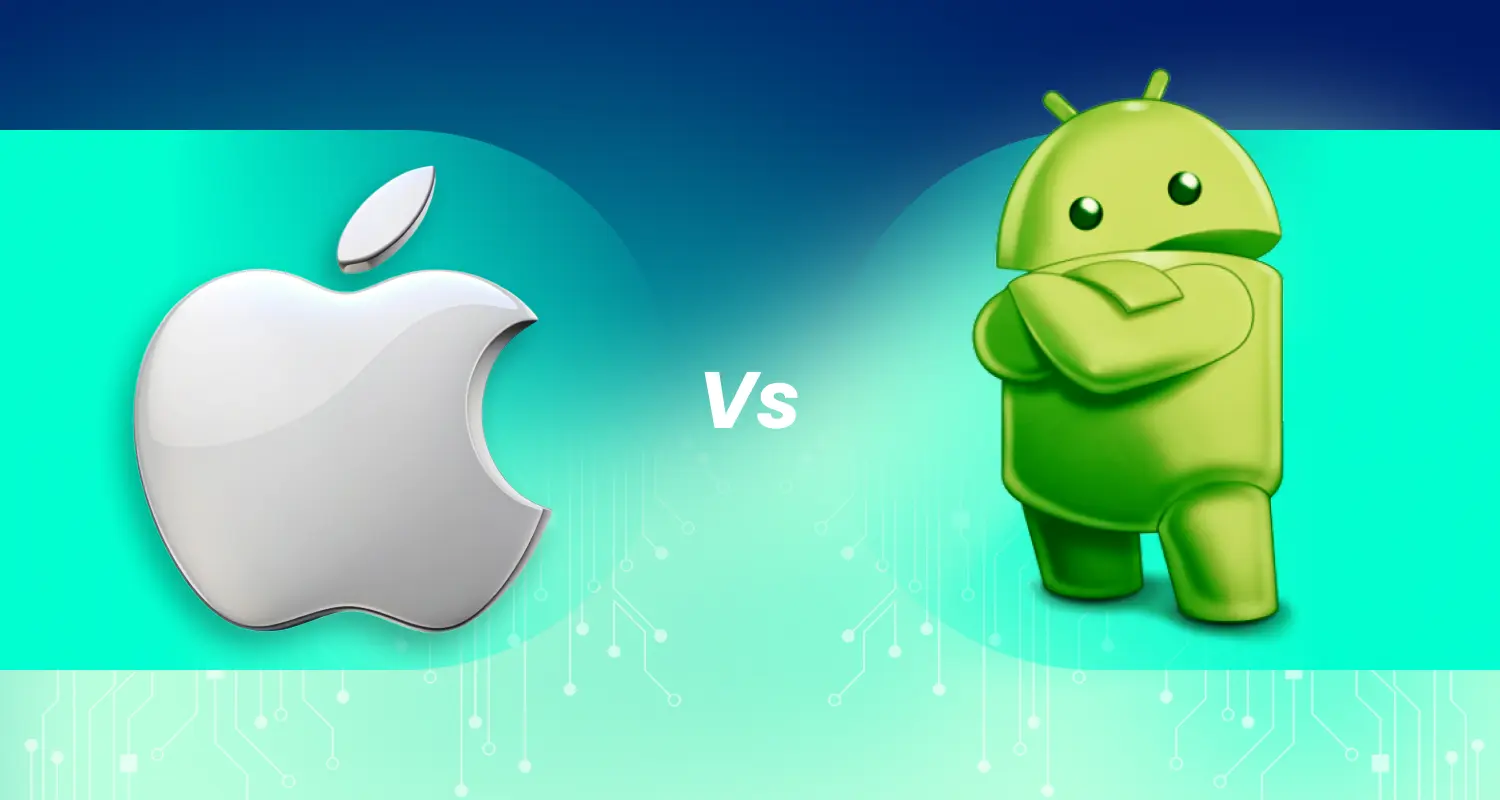
Mobile apps have become a cornerstone of modern life, making the choice between iOS and Android development a pivotal decision. This article offers a comprehensive comparison of these two dominant platforms, exploring their programming languages, development environments, user experiences, and market reach.
Our aim is to provide aspiring developers, business owners, and tech enthusiasts with the information needed to make informed choices. By clearly outlining the difference between iOS and Android development, we’ll help you align platform selection with specific project goals and business objectives.
1. Key difference between iOS and Android development
Understanding the fundamental distinctions between iOS and Android development is crucial for choosing the right platform for your app.
|
Feature
|
iOS
|
Android
|
|
Programming languages
|
Swift, Objective-C
|
Kotlin, Java
|
|
Development environment
|
Xcode
|
Android Studio
|
|
Hardware fragmentation
|
Limited, consistent hardware
|
Extensive, wide range of devices
|
|
Operating system
|
Closed ecosystem, consistent UI guidelines
|
Open ecosystem, greater UI customization
|
|
App store
|
Apple App Store, stringent review
|
Google Play Store, more open review
|
|
App development cost
|
Can have higher initial cost, less testing costs.
|
Can have lower initial costs, higher testing costs.
|
1.1. Programming languages
- iOS: Primarily utilizes Swift, a modern, safe, and powerful programming language designed by Apple. While Objective-C, an older language, is still supported, Swift is the preferred choice for new iOS app development.
- Android: Predominantly uses Kotlin, a concise and expressive language that has become Google’s preferred choice for Android development. Java, while still functional, is increasingly being phased out in favor of Kotlin.
Read more >>> Best 5 iOS Programming Language for App Development in 2025
1.2. Development environments
- iOS: Developers use Xcode, Apple’s integrated development environment (IDE). Xcode provides a comprehensive set of tools for designing, coding, and debugging iOS apps.
- Android: Android Studio, based on IntelliJ IDEA, is the official IDE for Android development. It offers a rich set of features for building, testing, and optimizing Android applications.
1.3. Hardware and device fragmentation
- iOS: Operates within a controlled ecosystem with a limited range of Apple devices. This results in consistent hardware specifications, simplifying testing and optimization.
- Android: Supports a vast array of devices from numerous manufacturers, leading to significant hardware fragmentation. Developers must test their apps across a wide range of screen sizes, resolutions, and hardware configurations.
1.4. Operating system and user interface
- iOS: Features a closed ecosystem with strict UI guidelines, promoting a consistent user experience across all iOS devices. Apple’s Human Interface Guidelines dictate the look and feel of iOS apps.
- Android: Offers an open ecosystem with greater UI customization. Android’s Material Design guidelines provide a framework for creating visually appealing and intuitive user interfaces, but developers have more flexibility in design.
1.5. App Store vs. Google Play Store
- iOS: Apps are distributed through the Apple App Store, known for its stringent review process that emphasizes quality and security.
- Android: Apps are distributed through the Google Play Store, which offers a more open distribution model with a less rigorous review process.
1.6. Difference in app development cost
- iOS development can sometimes have a higher initial hardware cost due to the need for Apple products. However, the reduced fragmentation can decrease testing costs.
- Android development can have lower initial hardware costs, but the extensive testing required due to fragmentation can increase the overall cost.

Read more >>> How Much Does It Cost to Build an iOS App 2025?
2. iOS vs Android development: Differences beyond technical aspects
A thorough comparative analysis of iOS and Android app development reveals significant differences beyond the basic technical aspects. These distinctions impact development speed, target audience, user experience, and monetization strategies.
|
Feature
|
iOS
|
Android
|
|
Development speed and complexity
|
Faster for simple apps, less device variation
|
Potentially longer, extensive device testing
|
|
Target audience and market share
|
Higher-income demographics, strong in specific regions
|
Larger global market share, diverse user base
|
|
User experience design
|
Rigid UI guidelines, consistent experience
|
Material Design, greater customization
|
|
App monetization strategies
|
Higher average revenue per user
|
Larger user base, the potential for higher overall revenue
|
2.1. Development speed and complexity
- iOS: For simple applications, iOS development can often be faster due to the limited range of devices and consistent hardware. This reduces the time spent on testing and debugging across multiple configurations.
- Android: Android development can be more complex and time-consuming due to the vast number of devices and OS versions. Extensive testing is required to ensure compatibility and optimal performance across the Android ecosystem.
2.2. Target audience and market share
- iOS: Users tend to be concentrated in higher-income demographics, particularly in regions like North America and Western Europe. Consumers on the iOS platform tend to exhibit a higher propensity for app and in-app spending.
- Android: Android boasts a significantly larger global market share, reaching a diverse user base across various demographics and geographic locations. This provides a broader audience for app distribution.
2.3. User experience design
- iOS: Apple emphasizes a consistent and refined user experience, enforcing strict UI guidelines through its Human Interface Guidelines. This results in a uniform look and feel across iOS apps.
- Android: Android’s Material Design guidelines provide a framework for creating visually appealing and intuitive user interfaces. However, Android allows for more customization, giving developers greater flexibility in design.
2.4. App monetization strategies
- iOS: iOS users generally exhibit a higher average revenue per user (ARPU), making iOS a potentially more lucrative platform for monetization through paid apps, in-app purchases, and subscriptions.
- Android: While the ARPU might be lower, the sheer size of the Android user base offers the potential for higher overall revenue. Monetization strategies often focus on advertising, freemium models, and in-app purchases.
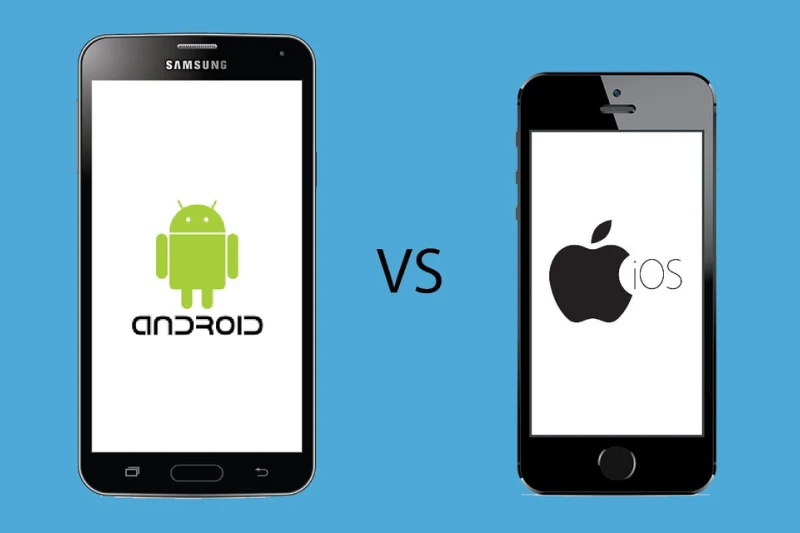
Read more >>> How to Choose a Mobile App Development Company?
3. Pros and cons of Android vs iOS app development
Understanding the pros and cons of developing apps for iOS vs Android is essential for making an informed decision. Each platform offers unique advantages and disadvantages that can significantly impact your app’s success.
|
Feature
|
iOS
|
Android
|
|
Pros
|
Consistent performance, higher potential revenue per user, less fragmentation
|
Larger market share, greater customization, open ecosystem
|
|
Cons
|
Smaller market share, stricter app review process, higher initial hardware cost
|
Device fragmentation, potential for lower revenue per user, more testing required
|
3.1. Pros and cons of iOS development
Pros:
- Consistent performance: The limited range of iOS devices ensures a more predictable and stable user experience.
- Higher potential revenue per user: iOS users tend to have higher spending power, leading to better monetization opportunities.
- Less fragmentation: Fewer device variations simplify testing and reduce development complexity.
Cons:
- Smaller market share: iOS holds a smaller share of the global smartphone market compared to Android.
- Stricter app review process: Apple’s App Store review process is known for its rigorous standards, which can lead to longer approval times or rejections.
- Higher initial hardware cost: Developing for iOS often requires investing in Apple hardware, which can be more expensive.
3.2. Pros and cons of Android development
Pros:
- Larger market share: Android’s dominance in the global market provides access to a vast and diverse user base.
- Greater customization: Android’s open ecosystem allows for more flexibility in design and functionality.
- Open ecosystem: The open-source nature of Android fosters innovation and offers greater development freedom.
Cons:
- Device fragmentation: The wide range of Android devices and OS versions creates significant challenges in testing and ensuring consistent performance.
- Potential for lower revenue per user: While the user base is larger, the average revenue per user tends to be lower compared to iOS.
- More testing required: The need to test across numerous devices and OS versions increases development time and costs.
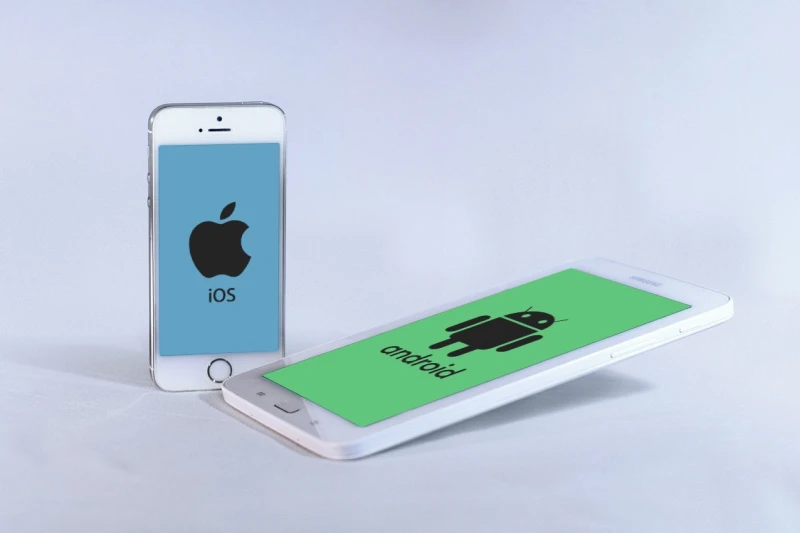
Read more >>>> How Much Does It Cost to Make an Educational App?
4. Which platform is better for mobile app development: iOS or Android?
It depends heavily on your specific needs and objectives. There’s no one-size-fits-all answer, and the optimal choice hinges on several key factors.
4.1. Project requirements
Target audience demographics:
- Consider where your target audience resides and their spending habits. If you’re aiming for a high-income demographic in regions like North America or Western Europe, iOS might be advantageous.
- For a broader global reach, especially in emerging markets, Android’s larger market share is compelling.
Budget and timeline:
- iOS development can be quicker for simpler apps due to less fragmentation, potentially reducing development time. However, initial hardware costs can be higher.
- Android development may require more extensive testing, increasing time and costs, but initial hardware costs may be lower.
Specific app features and functionalities:
- Some features might be easier to implement on one platform than the other due to hardware or OS limitations. Research which platforms better supports your required functionalities.
4.2. Business goals
Revenue generation strategies:
- If your primary goal is to maximize revenue per user, iOS’s higher ARPU might be preferable.
- For maximizing overall revenue through a large user base, Android’s broader reach could be more effective.
Market penetration objectives:
- If rapid market penetration is crucial, Android’s larger global market share offers a significant advantage.
- If targeting a niche market or a market that is known to use primarily iOS, then that is the best choice.
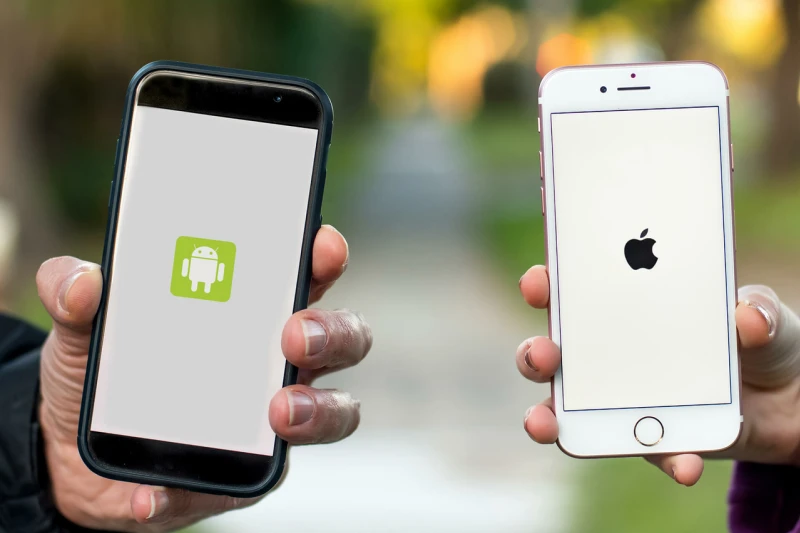
4.3. Resource availability
Developer expertise:
- Consider the availability and cost of developers skilled in Swift/Objective-C or Kotlin/Java.
- If your team already has more experience in one platform, that could be the deciding factor.
Testing infrastructure:
- Android’s fragmentation necessitates a robust testing infrastructure. Ensure you have the resources to test across a wide range of devices and OS versions.
Read more >>> How Much Does It Cost to Make a Dating App in 2025?
4.4. Cross-platform app development solutions
Flutter
- Benefits: Enables development for both iOS and Android from a single codebase, reducing development time and costs and providing a rich set of customizable widgets.
- Limitations: It may not offer the same level of native performance as platform-specific development and can have larger app sizes.
React Native
- Benefits: Allows for cross-platform development using JavaScript, leveraging existing web development skills, and offers good performance.
- Limitations: Can encounter platform-specific issues that require native code, and performance might not always match native apps.
Benefits and limitations:
- Cross-platform solutions can greatly reduce development time and cost. However, they can also introduce more bugs, and the app may not feel as native as a platform-specific application.
5. Why choose Stepmedia for iOS and Android development?
Stepmedia offers comprehensive mobile app development services for both iOS and Android, leveraging expertise in native (Swift, Kotlin) and cross-platform (Flutter, React Native) technologies.
Our approach encompasses a full development lifecycle, from initial concept to deployment and maintenance, with a strong emphasis on user experience and rigorous quality assurance. Stepmedia’s team delivers tailored solutions, catering to diverse industry needs, and provides ongoing support to ensure your app’s success.
By choosing Stepmedia, you gain a reliable partner committed to building high-performing, impactful mobile applications.
Need a Tech Partner Who Truly Gets Your Vision?
From strategy to execution, we`ll partner with you throughout development, delivering clarity, confidence, and measurable results. Get your free project estimate today.
Talk to Our Experts6. The bottom lines
We’ve explored the difference between iOS and Android development, covering programming languages, development environments, user experience, and market reach. The ideal platform depends on your project goals, target audience, and budget.
Aligning your choice with these factors is crucial for success. For professional mobile app development services and guidance, contact Stepmedia today.



